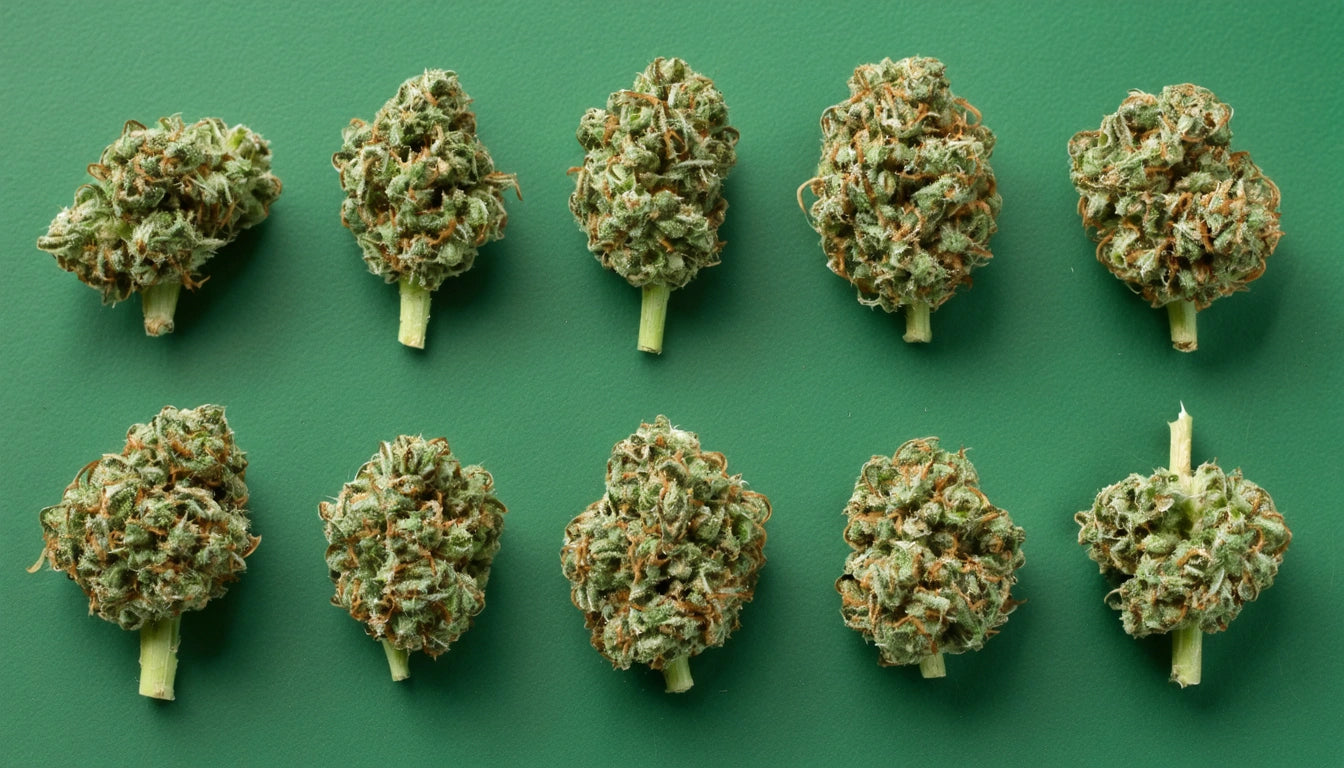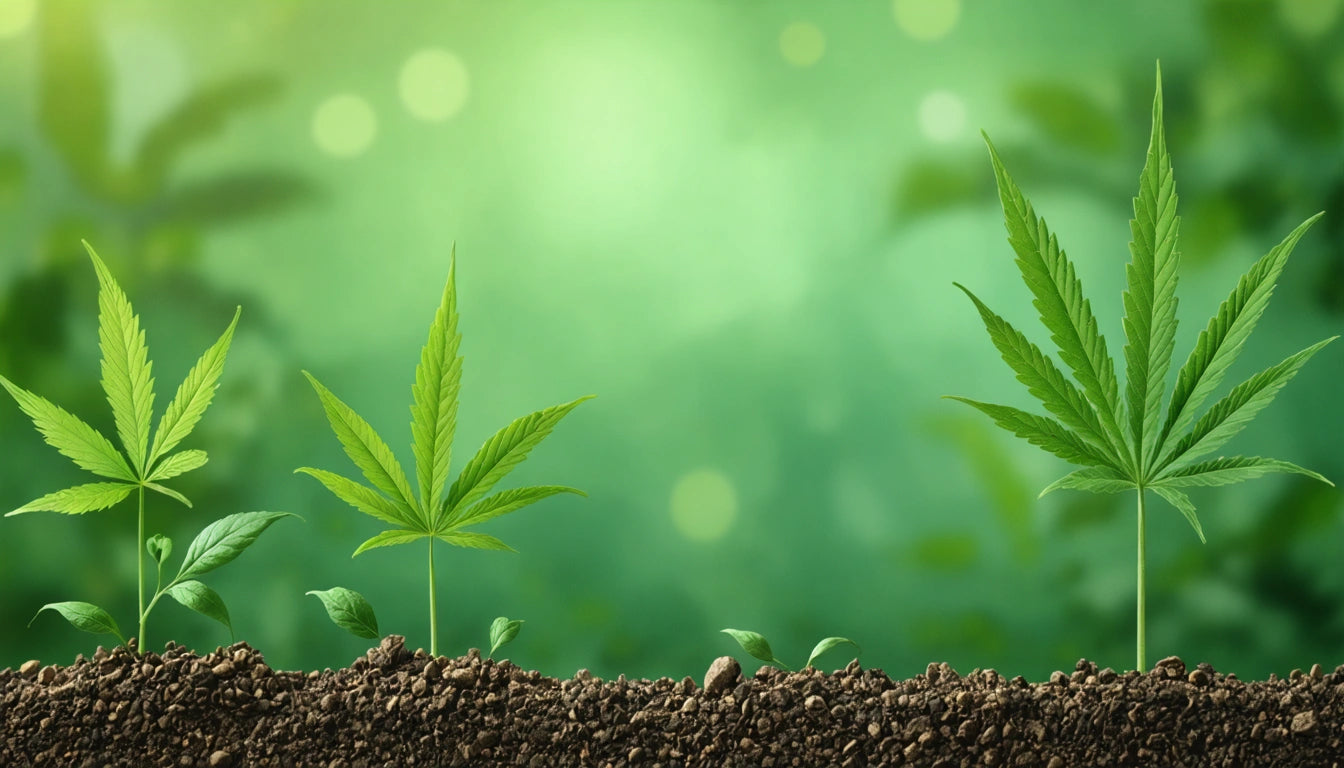Table of Contents
- Primary Marijuana Types: Indica, Sativa, and Hybrid
- Cannabis Subspecies and Genetic Variations
- Chemical Composition: THC, CBD, and Terpene Profiles
- Consumption Methods and Product Types
- Popular Strains and Their Characteristics
- Choosing the Right Type for Your Needs
- The Future of Cannabis Classification and Research
Exploring the Different Types of Marijuana: A Comprehensive Guide
Understanding the different types of marijuana can be overwhelming for both newcomers and experienced users. With thousands of strains available and new varieties constantly emerging, navigating the cannabis landscape requires some knowledge about classifications, effects, and characteristics. This comprehensive guide explores how many types of weed there are and what makes each category unique.
Primary Marijuana Types: Indica, Sativa, and Hybrid
When asking "what are the three types of weed," most experts refer to the primary classifications of cannabis: indica, sativa, and hybrid. These categories have traditionally been used to predict effects and growing characteristics.
Indica Strains
Indica plants typically feature:
- Shorter, bushier growth patterns
- Broader leaves
- Shorter flowering cycles
- Effects often described as relaxing, sedating, or body-centered
- Common usage for nighttime, pain relief, or relaxation
Sativa Strains
Sativa varieties generally exhibit:
- Taller growth with narrower leaves
- Longer flowering cycles
- Effects described as energizing, cerebral, or uplifting
- Preferred for daytime use, creativity, and social activities
Hybrid Strains
Hybrids combine characteristics from both indica and sativa parents:
- Balanced or specialized effect profiles
- Customized growing characteristics
- Often categorized as indica-dominant, sativa-dominant, or balanced
- Represent the majority of available strains today
Cannabis Subspecies and Genetic Variations
Beyond the common three-type classification, cannabis has several subspecies and varieties:
Cannabis sativa L. - The species containing both marijuana and hemp varieties
Hemp - Cannabis with less than 0.3% THC, grown for fiber, seeds, and CBD
Landrace Strains - Indigenous varieties that developed naturally in specific regions
Ruderalis - A lesser-known subspecies with autoflowering properties
When considering how many different types of cannabis there are from a botanical perspective, these distinctions become important for understanding the plant's full diversity. Understanding weed strains requires looking beyond simple categories into genetic lineage.
Chemical Composition: THC, CBD, and Terpene Profiles
Modern cannabis classification increasingly focuses on chemical profiles rather than physical characteristics:
Cannabinoid Content
Strains are often categorized by their dominant cannabinoids:
- THC-dominant (psychoactive effects)
- CBD-dominant (minimal psychoactivity)
- Balanced THC:CBD ratios
- Minor cannabinoid-rich varieties (CBG, CBN, etc.)
Terpene Profiles
Terpenes contribute to aroma, flavor, and effects. Major profiles include:
- Myrcene - earthy, relaxing
- Limonene - citrusy, mood-elevating
- Pinene - pine-scented, alertness-promoting
- Caryophyllene - spicy, potentially anti-inflammatory
The specific combination of cannabinoids and terpenes creates what's known as the "entourage effect," making each strain unique. Finding weed strains by terpenes has become increasingly popular among consumers seeking specific effects.
Consumption Methods and Product Types
The types of marijuana products available have expanded dramatically:
Flower
Traditional cannabis buds remain popular and come in various qualities, from budget to premium. Proper storage is essential for maintaining potency and flavor, with many consumers using specialized mylar bags designed for 3.5 gram (eighth) quantities to preserve freshness and comply with dispensary regulations.
Concentrates
Extracted cannabis products with high potency:
- Hash
- Wax, shatter, and budder
- Live resin and rosin
- Distillates
Edibles and Beverages
Food and drink products infused with cannabis:
- Gummies, chocolates, and baked goods
- Infused beverages
- Tinctures and oils
Topicals
External-use products:
- Creams and balms
- Transdermal patches
- Bath products
Each consumption method offers different onset times, duration, and intensity of effects, further diversifying the ways people can experience different types of marijuana.
Popular Strains and Their Characteristics
When exploring what are the different types of marijuana at the strain level, several varieties have achieved widespread recognition:
Classic Strains
- Blue Dream - Balanced hybrid with blueberry notes
- OG Kush - Potent hybrid with earthy, pine flavors
- Girl Scout Cookies - Sweet, dessert-like hybrid
- Northern Lights - Pure indica with relaxing effects
Modern Favorites
- Runtz - Fruity, potent hybrid
- GMO - Garlic, mushroom, onion-scented potent indica hybrid
- Wedding Cake - High-THC hybrid with vanilla notes
The cannabis market continues to evolve, with new top weed strains emerging regularly through breeding programs focused on unique effects, flavors, or medicinal properties.
Choosing the Right Type for Your Needs
With so many different types of weed available, selecting the right variety depends on several factors:
Desired Effects
Consider what experience you're seeking:
- Relaxation and sleep aid
- Pain or anxiety relief
- Energy and focus
- Creativity enhancement
Experience Level
Beginners might prefer:
- Balanced hybrids
- Lower THC content
- Higher CBD ratios
Medical Considerations
Those using cannabis medicinally should research:
- Cannabinoid profiles specific to their condition
- Terpenes that may help their symptoms
- Consistent, reliable strains
Understanding the best cannabis strains for medical use requires considering both scientific research and personal response.
The Future of Cannabis Classification and Research
As cannabis science evolves, traditional classifications are being reconsidered. The question of "how many different types of weed are there" becomes increasingly complex as researchers discover:
- Hundreds of minor cannabinoids with unique properties
- The importance of terpene profiles in determining effects
- Genetic markers that better predict plant characteristics
- Environmental factors that influence potency and effect
Modern cannabis science suggests that simple indica/sativa distinctions are oversimplified. The future of cannabis classification will likely involve comprehensive chemical profiling and effect-based categorization rather than physical plant characteristics.
For consumers and patients, this means more precise product selection based on desired outcomes rather than broad categories. As research continues and legalization expands, our understanding of the different types of marijuana will continue to grow more nuanced and scientifically grounded.











Leave a comment
All comments are moderated before being published.
This site is protected by hCaptcha and the hCaptcha Privacy Policy and Terms of Service apply.